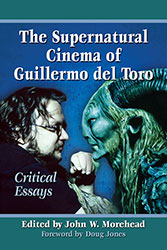 I haven’t seen the proofs yet, but my latest book has an official title, a cover photo, and is included in the forthcoming Spring catalog for McFarland.
I haven’t seen the proofs yet, but my latest book has an official title, a cover photo, and is included in the forthcoming Spring catalog for McFarland.
The Supernatural Cinema of Guillermo del Toro
Critical Essays
Edited by John W. Morehead
Foreword by Doug Jones
Print ISBN: 978-0-7864-9595-5
Ebook ISBN: 978-1-4766-2075-6
photos, notes, bibliography, index
softcover (6 x 9) 2015
About the Book
Guillermo del Toro is one of the most prolific artists working in film. His directorial work includes Cronos (1993), Mimic (1997), The Devil’s Backbone (2001), Blade II (2002), Hellboy (2004), Pan’s Labyrinth (2006), Hellboy II (2008) and Pacific Rim (2013). He has also worked extensively as a producer, with several screenwriting credits to his name. As a novelist he coauthored The Strain Trilogy (2009–2011), which he also developed into a television series for FX in 2014. Del Toro has spoken of the “primal, spiritual function” of his art, which gives expression to his fascination with monsters, myth, archetype, metaphor, Jungian psychology, the paranormal and religion.
This collection of new essays discusses cultural, religious and literary influences on del Toro’s work and explores key themes of his films, including the child’s experience of humanity through encounters with the monstrous.
The book link: http://www.mcfarlandbooks.com/book-2.php?id=978-0-7864-9595-5
And the catalog: http://www.mcfarlandbooks.com/catalogs/
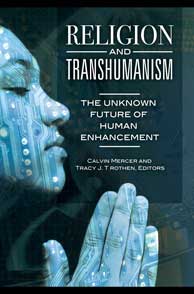 Religion and Transhumanism
Religion and Transhumanism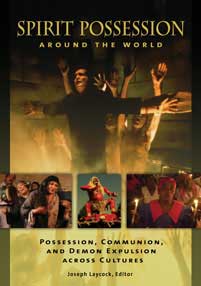
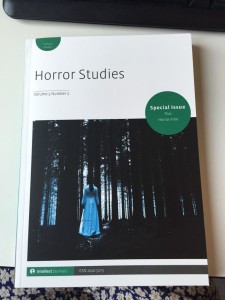
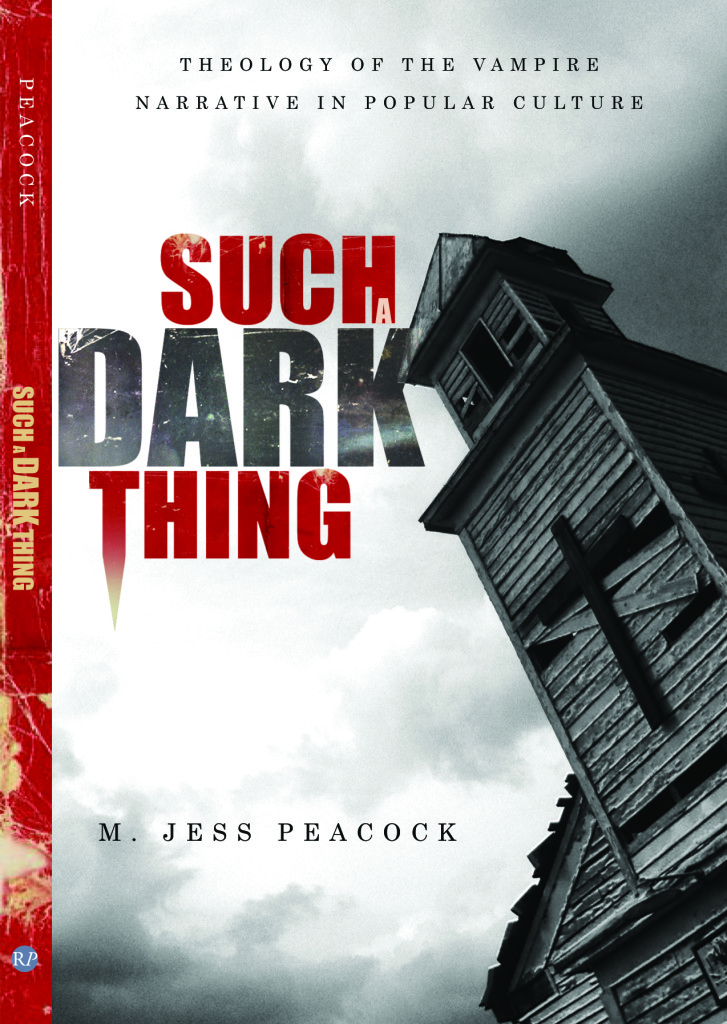


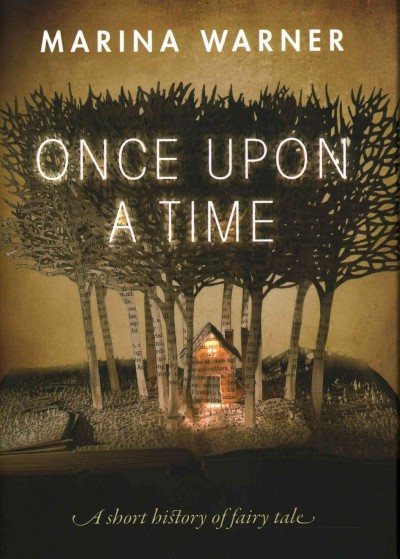





Social Research: An International Quarterly and Horror in Society
Here is the Table of Contents:
Endangered Scholars Worldwide
pp. v-xix
Ebby Sharifi
Editor’s Introduction
pp. xxi-xxii
Arien Mack
Horrors and Horror: The Response of Tragedy
pp. 739-767
David Tracy
Christian Demonology in Contemporary American Popular Culture
pp. 769-793
Armando Maggi
The Liberalism of Horror
pp. 795-823
Elisabeth Anker
Metaphor of the Living Dead: Or, the Effect of the Zombie Apocalypse on Public Policy Discourse
pp. 825-849
Daniel W. Drezner
When the Vampires Come for You: A True Story of Ordinary Horror
pp. 851-882
Adam Ashforth
Colonial Possessions: A Fanonian Reading of The Exorcist and its Sequels
pp. 883-896
Kevin J. Wetmore Jr.
Better Horrors: From Terror to Communion in Whitley Strieber’s Communion (1987)
pp. 897-920
Jeffrey J. Kripal
The Horrors of Witchcraft and Demonic Possession
pp. 921-939
Brian P. Levack
Monsters on the Brain: An Evolutionary Epistemology of Horror
pp. 941-968
Stephen T. Asma